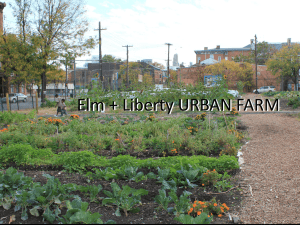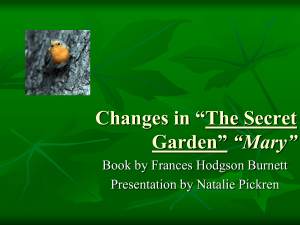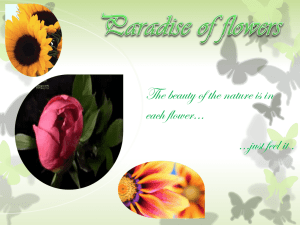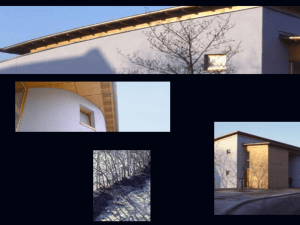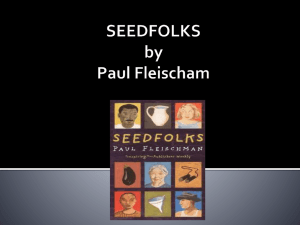Belle Grove Garden Project History
advertisement
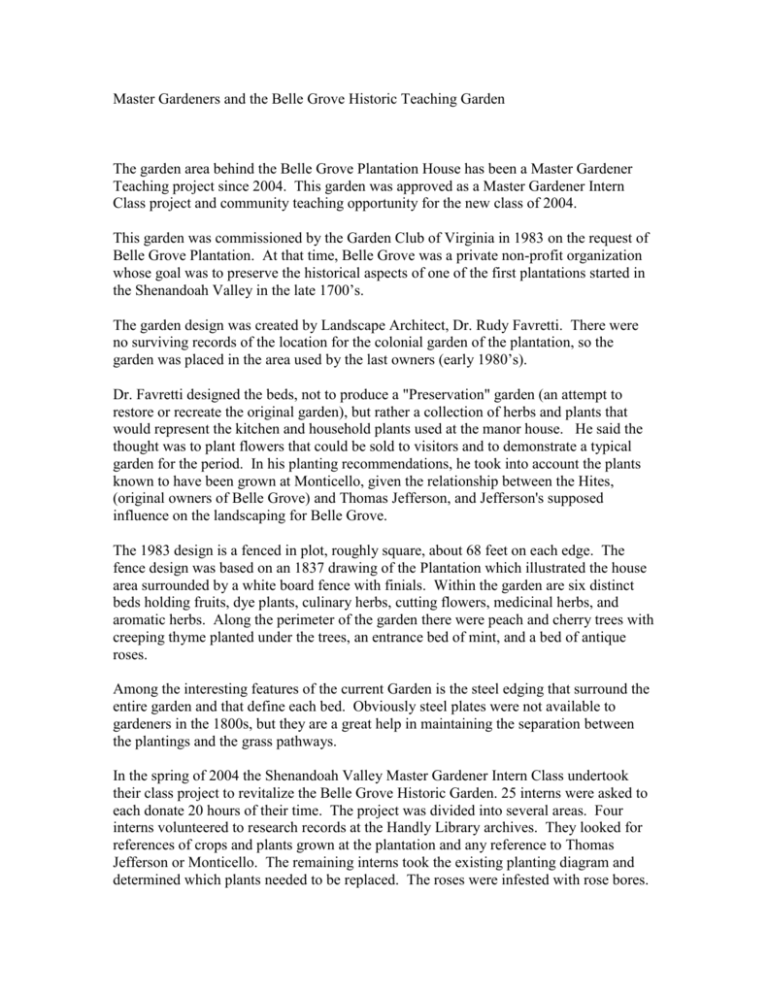
Master Gardeners and the Belle Grove Historic Teaching Garden The garden area behind the Belle Grove Plantation House has been a Master Gardener Teaching project since 2004. This garden was approved as a Master Gardener Intern Class project and community teaching opportunity for the new class of 2004. This garden was commissioned by the Garden Club of Virginia in 1983 on the request of Belle Grove Plantation. At that time, Belle Grove was a private non-profit organization whose goal was to preserve the historical aspects of one of the first plantations started in the Shenandoah Valley in the late 1700’s. The garden design was created by Landscape Architect, Dr. Rudy Favretti. There were no surviving records of the location for the colonial garden of the plantation, so the garden was placed in the area used by the last owners (early 1980’s). Dr. Favretti designed the beds, not to produce a "Preservation" garden (an attempt to restore or recreate the original garden), but rather a collection of herbs and plants that would represent the kitchen and household plants used at the manor house. He said the thought was to plant flowers that could be sold to visitors and to demonstrate a typical garden for the period. In his planting recommendations, he took into account the plants known to have been grown at Monticello, given the relationship between the Hites, (original owners of Belle Grove) and Thomas Jefferson, and Jefferson's supposed influence on the landscaping for Belle Grove. The 1983 design is a fenced in plot, roughly square, about 68 feet on each edge. The fence design was based on an 1837 drawing of the Plantation which illustrated the house area surrounded by a white board fence with finials. Within the garden are six distinct beds holding fruits, dye plants, culinary herbs, cutting flowers, medicinal herbs, and aromatic herbs. Along the perimeter of the garden there were peach and cherry trees with creeping thyme planted under the trees, an entrance bed of mint, and a bed of antique roses. Among the interesting features of the current Garden is the steel edging that surround the entire garden and that define each bed. Obviously steel plates were not available to gardeners in the 1800s, but they are a great help in maintaining the separation between the plantings and the grass pathways. In the spring of 2004 the Shenandoah Valley Master Gardener Intern Class undertook their class project to revitalize the Belle Grove Historic Garden. 25 interns were asked to each donate 20 hours of their time. The project was divided into several areas. Four interns volunteered to research records at the Handly Library archives. They looked for references of crops and plants grown at the plantation and any reference to Thomas Jefferson or Monticello. The remaining interns took the existing planting diagram and determined which plants needed to be replaced. The roses were infested with rose bores. The research showed that the area had to be stripped of the roses as the soil could remain infested with bores for up to 5 years. The recommendation was to plant the rose bed with annuals until such time roses could be replanted if desired. The herb beds and fruit beds all needed to be revitalized. The interns saw that the plants were old, or had died out completely. Soil tests were done and 12 tons of fresh top soil had to be added to the garden beds. The interns also determined that the cherry trees planted on two sides of the garden were also infested with bores and were being attacked by blight and leaf fungus. The Extension Agent assisted the interns with a class on the various diseases of the fruit trees and how proper pruning would open their canopy and prolong their vitality. The interns pruned all 10 cherry trees under the direction of VCE Agent Cindy Marston. The herb beds were replanted based on the plant recommendations of Dr. Favretti. The flower beds were designed by several of the interns who made recommendations for cut flowers that would have been present in the Shenandoah Valley during the 1800s. Over 200 herb plants were planted by the Master Gardeners and donated by Ms. Billie Clifton, owner of Sunflower Cottage Gardens, Middletown, Virginia. Since that first summer of 2004 the garden continued as a Master Gardener project and teaching garden. Belle Grove has been the site for numerous classes and meetings held each year for the Master Gardeners, the public, and the Junior Master Gardeners. Local elementary schools visit Belle Grove to learn about Colonial times, a slave plantation and how the plantation had to support itself by what it grew. Tours of the garden tell students as well as garden clubs and the public what plants were grown and how they are used. The garden has been used in several classes on How to Grow Herbs and How to Use Herbs. The garden has been used as a pruning class and a tree identification class for several years by the Junior Master Gardeners. Belle Grove is also the site for Pollinators Class and Native Plant walks. In 2009 the NSVMG Association designated $250 each year toward the salary of a high school garden intern to work under the supervision of the Master Gardeners each summer. The students were taught about the garden and the types of plants. They were instructed on watering requirements, fertilization and weed control. Since 2007 the MG held their spring public event at Belle Grove. The event grew from Master Gardeners Teach You How into GardenFest, attracting over 600 people each year.



